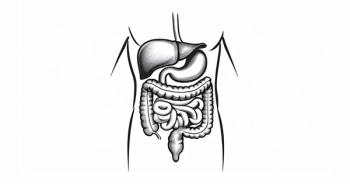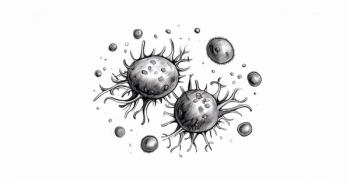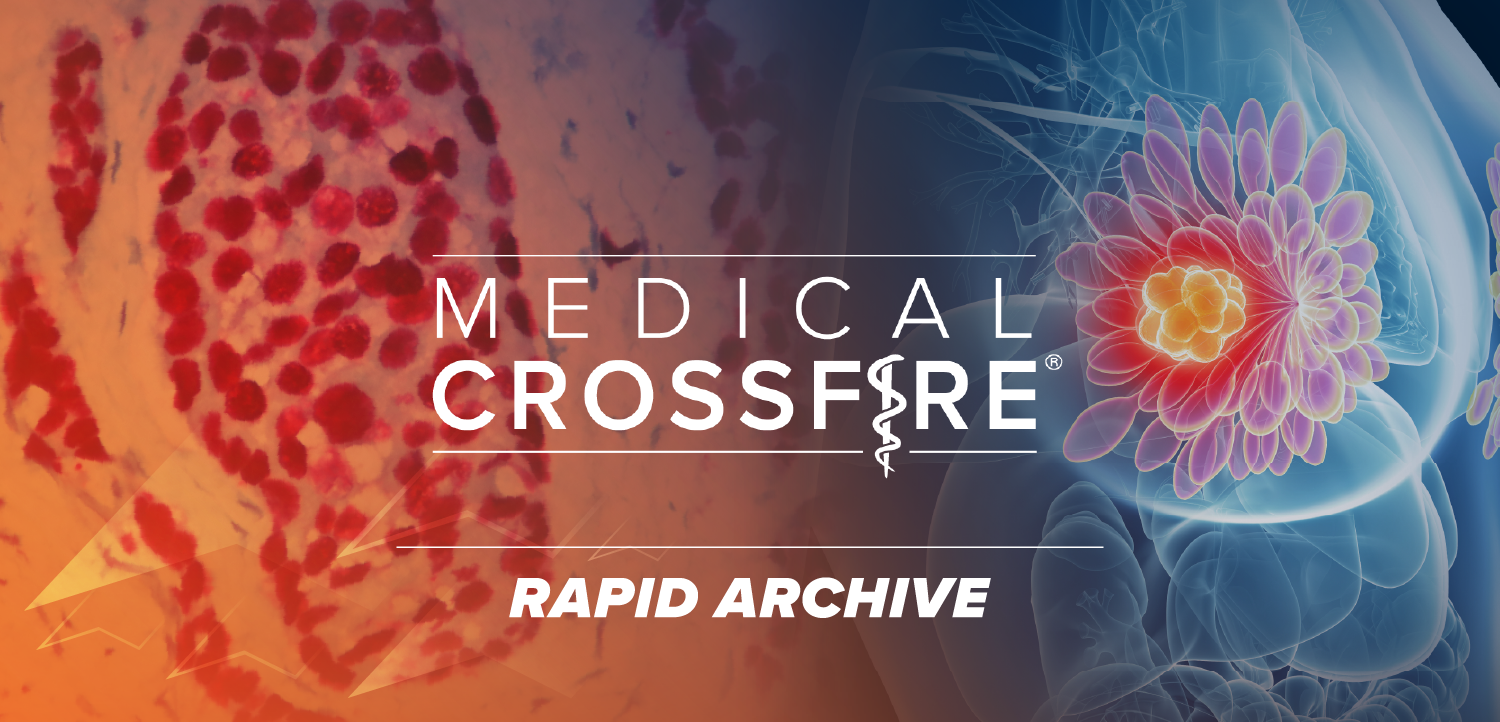
Bladder Cancer Takes Center Stage With Breakthrough Advancements at AUA 2025
Oncologists at AUA 2025 share promising data, including sasanlimab, cretostimogene grenadenorepvec, and TAR-200 in NMIBC.
The
When asked about what the most exciting updates at AUA 2025, Jason Hafron, MD, CMO, chief medical officer and director of clinical research at Michigan Institute of Urology, highlights the phase 3 CREST study (NCT04165317) for managing BCG-naive, high-risk non-muscle-invasive bladder cancer (NMIBC).1 This randomized trial evaluated the addition of sasanlimab (PF-06801591), an anti–PD-1 monoclonal antibody, to the standard BCG induction and maintenance therapy.
Results showed that the combination significantly improved event-free survival (EFS), reducing the risk of high-grade recurrence, progression, persistent CIS, or death by an impressive 32% compared with BCG alone (HR 0.68; 95% CI, 0.49-0.94; 1-sided P = .0095). At the 24-month mark, nearly 85% of patients in the combination arm were event-free, a notable advantage over the approximately 80% in the BCG-only arm. This benefit persisted at 36 months, suggesting a durable impact of the combined approach.
For patients facing the challenge of BCG-unresponsive NMIBC, Mark D. Tyson, MD, MPH, a urologic oncologist at the Mayo Clinic in Phoenix, Arizona, highlights promising data from 2 distinct studies. The
Tyson also discusses cohort 2 of the phase 2b SunRISe-1 study (NCT04640623), which investigated TAR-200, an intravesical gemcitabine-releasing system.3 In patients with high-risk NMIBC, including those with CIS, who were ineligible for or refused radical cystectomy, TAR-200 demonstrated an exceptional 82.4% complete response rate (95% CI, 72.6-89.8). Importantly, over half of these responders maintained this response at 1 year without needing further treatment.
The median duration of response of nearly 26 months suggests a prolonged benefit (95% CI, 8.3-not estimable). Furthermore, the study reported a favorable safety profile, with predominantly low-grade urinary adverse events and a low rate of treatment discontinuation.











































